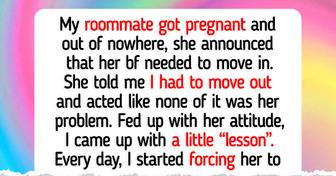20 Times Kindness Won the Argument Without Saying a Word

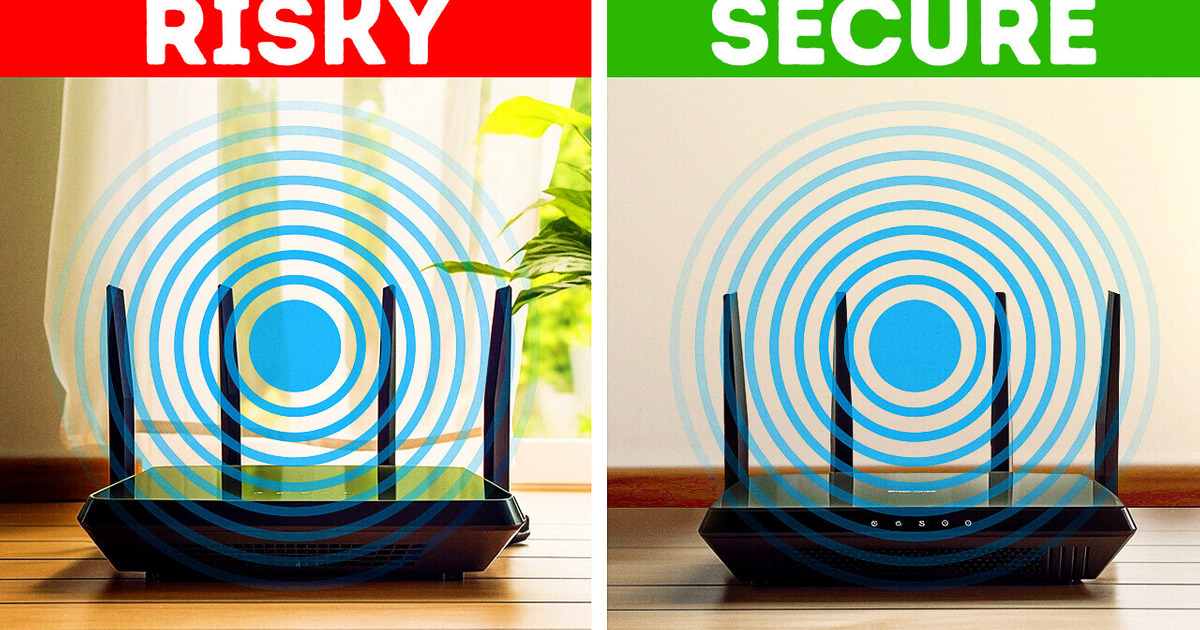
You move into a new home and buy a new router to get super high-speed Internet. You change the default password on your Wi-Fi network to your grandmother’s maiden name written in numbers — don’t even ask. Voila! You’ve done everything in your power to protect your data. After all, it’s just your credit card numbers, bank records, personal information, photos, and... wait — looks like a lot of stuff is at stake. So maybe it’s worth investing some extra time and money into your home network security after all.
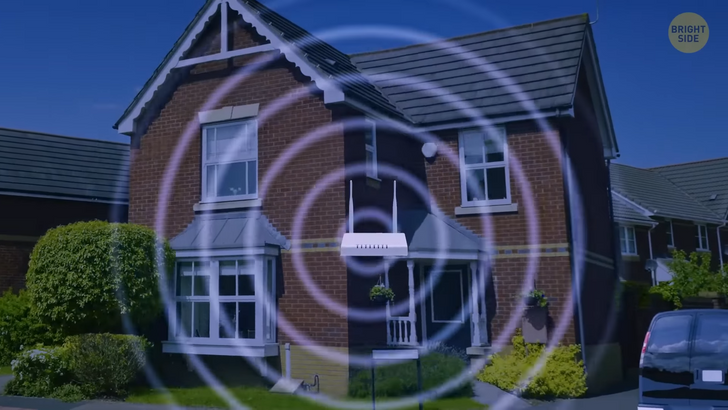
Step one will be rather physical. No, you won’t have to run around the house and yell, “You won’t get my data,” but you’ll need to move the router to the center of your home. Yep, I know it belongs in the dark corner, but this way, you’re actually tempting others to connect to your network. If you live in an apartment building, those others will be your neighbors to the left and to the right, behind shared walls. If you have a house of your own, a strong signal can go well beyond it through closed windows and, in theory, right into the car of a bad guy parked outside. If this doesn’t sound convincing enough, I guess you’ll agree that a router in a central location will at least make the connection better around your home.
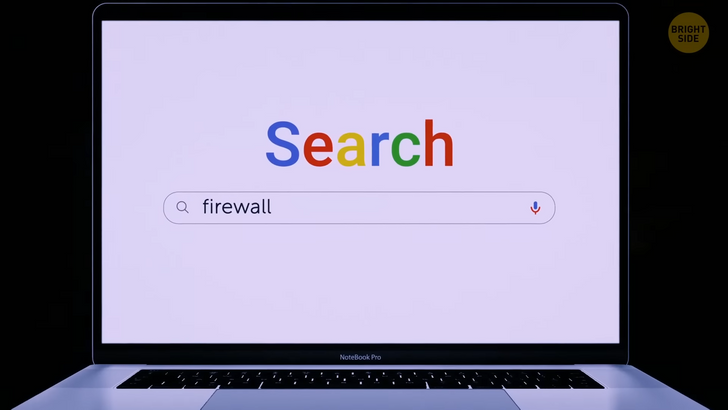
Are you using a firewall for your connection? It’s that security device that keeps track of your incoming and outgoing network traffic and doesn’t let suspicious data breakthrough. You might have one of those on your laptop, but the software version only works for the gadget it’s installed on. If you really want to be sure your home network is safe, you might wanna invest in a hardware firewall. You put it behind the router, and it works as the first line of defense against all evil. It will protect your network without using the resources of your gadgets and slowing them down. Never, and I mean it, never underestimate the power of a strong password. Even if you have a good one, remember to update it once every 6 months or so. And no, your best friend’s name, your grandmother’s Birthday, and even someone’s phone number are not a good idea. If your creativity fails you, use a password generator or, better yet, a password manager. It’s an encrypted digital vault that can help you generate really strong, unique passwords, and — here comes the best part — you won’t need to remember them or physically store them somewhere. And if you also have a file named Passwords.docx somewhere in your system with the keys to literally everything you have online... You know by now it shouldn’t be that way, right?
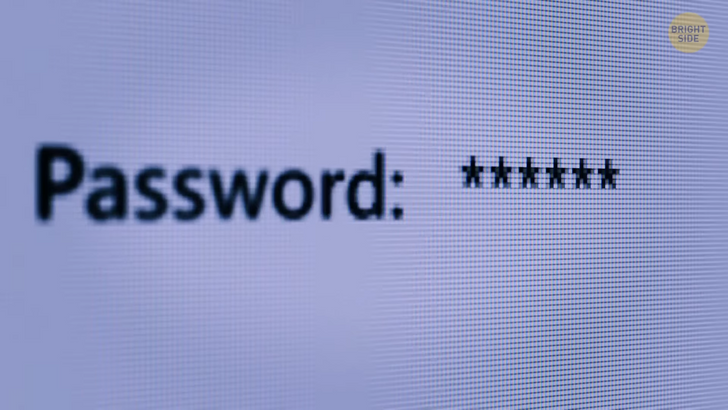
“What’s your Wi-Fi password” and “Where’s the food” are the two things most guests want to know. You can hand them the hamburgers but don’t rush to give them all the Wi-Fi info. You can create a separate guest network for your visitors. Your friends won’t try to break into your system, of course, but you can’t be 100% sure all their gadgets are malware free. And if you check their phones before they enter your house, you won’t have that many friends left. And oh, that guest network will also be perfect for all your gadgets that connect to the net: Wi-Fi cameras, thermostats, smart speakers — you name it. These guys are much easier to break into than their smarter peers like laptops or phones, so it’s good to have them separated. It feels good to use the administrator account to show them gadgets who the boss is, but you don’t really need to do it every time. When in this mode, you can get access to and alter all important files and configurations on your system. I know you won’t do it on purpose, but malware might sneak in and compromise your system, and you’re just granting it the VIP pass. To avoid this, create a less-privileged account for your everyday routine, like browsing the web, checking your mail, and creating files. You can call it whatever you like, even “Big Boss” to feel better. And remember only to use the administrator one for installing important updates and maintenance.
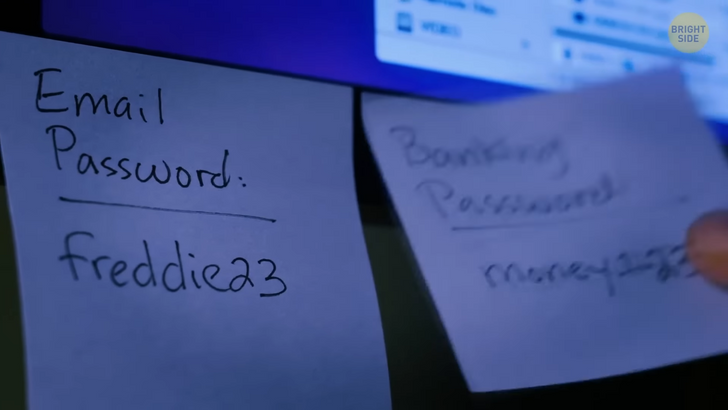
So, you’ve changed your Wi-Fi password from the default one, but your router has its own login credentials. To change your router’s admin name and password, type its IP address into the URL bar on your laptop or use a special app for it. And because those default IP addresses are easy to find for the bad guys, you can add one extra layer of protection and change the router IP address, too. Just replace a couple of numbers in the network settings in your router admin console. Most routers let you access your Wi-Fi network remotely from any location where you can get an Internet connection. It’s cool to control your wireless network like this, but the problem is that others can also access it, especially if you haven’t changed the default router name and password. So, think twice if you really need to have remote control over your network. If you can live without it, just turn it off in the settings.
Every now and then, check the list of devices connected to your home network. If something looks like it doesn’t belong there, disconnect it immediately and change the Wi-Fi password. You’ll need to connect all of your gadgets again after this reset, and the bad guys will have to go for good. Sometimes a totally harmless and even helpful device like your robot vacuum can have a weird mix of numbers and letters for its name. So, if it stops cleaning the room after your major digital cleaning, it’s not because it went on strike. Just say you’re sorry and welcome it back.

Make sure your router’s firmware is up-to-date. Manufacturers don’t create those updates just to annoy you: they actually find ways to protect your gadget from prospective threats and patch the weaknesses in the existing system. Most of those guys don’t update themselves automatically, but you can help them out. You’ll find the updates on the manufacturer’s website. There should also be instructions on how to install them. Check if the router has the latest security protocol. If you shop for a new one yourself, there shouldn’t be a mistake because they only have those now. But if you get one from your provider, insist that you only want the latest, safest option.
Your security cameras can, ironically enough, also be a threat to your security. The bad guys can access them locally, within a range of the network the cam is connected to. More often, they do it remotely, though. Even if the security company that services your cam has no data leakages, someone can break in using your password if you use the same one for all your accounts. It’s more likely to happen to older gadgets that run on out-of-date software, so you might wanna get a new camera. It’s pretty much impossible to know if your security camera has been messed with unless you’re a pro. One sign to look out for is when the cam starts working slower or worse than normal. Most of those gadgets have limited memory, and when someone gets connected to it, its poor central processor has to work extra hard, so it can barely handle the stress.
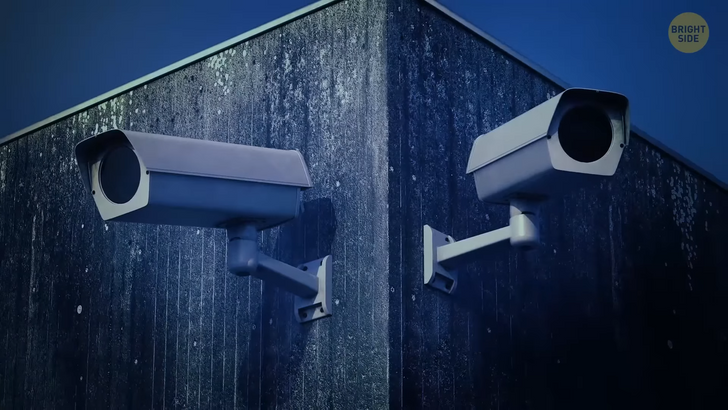
Do you know how walls have ears? Well, your smart devices also have some solid hearing abilities. The ones equipped with microphones can listen to your conversations even when you aren’t actively using the device. If someone gets access to the device, they’ll also get access to the information you share. So mind what you say when you’re next to audio recording toys, home assistants, and other smart devices. You can also mute microphones when you aren’t using them. Cover the cameras on those gadgets with cameras when you don’t need to be seen. If you know you won’t be using the device for a while, disconnect it from the Internet, but remember to update it when you need it again.



